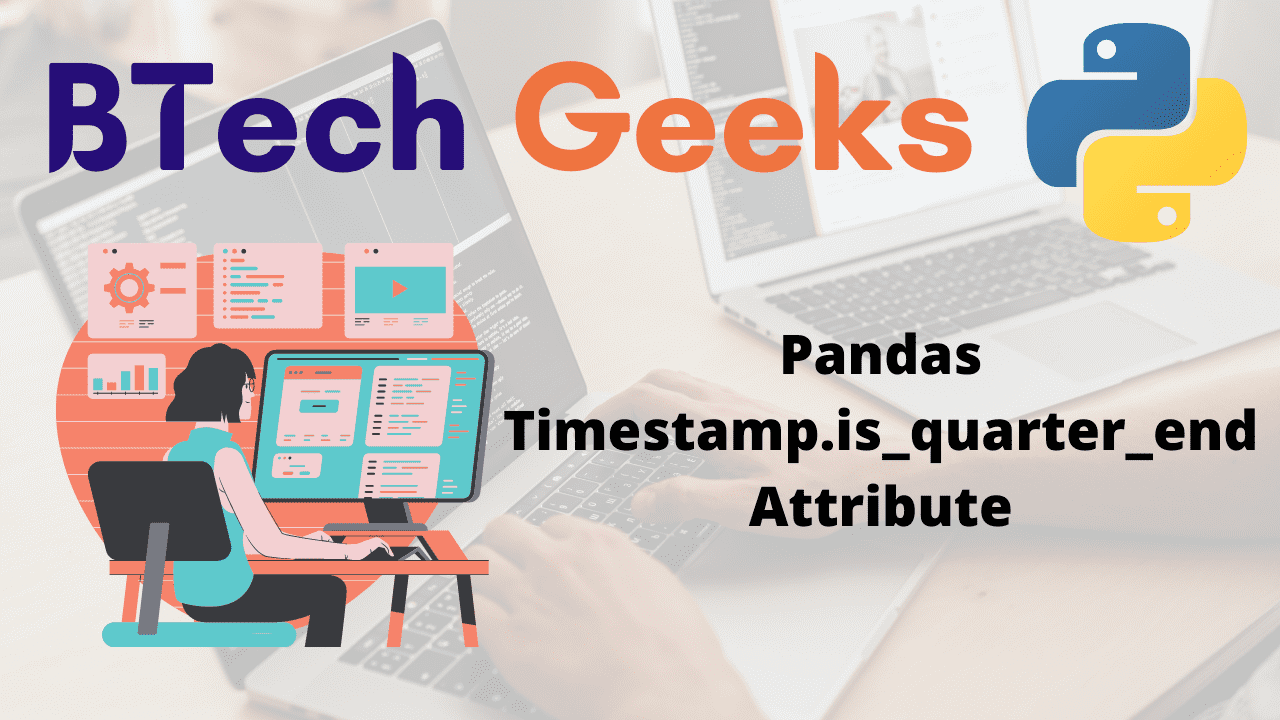What is Timestamp?
A timestamp is a sequence of characters or encoded information that identifies when a particular event occurred, typically providing the date and time of day, and can be accurate to a fraction of a second.
The timestamp method is used for a variety of synchronization purposes, including assigning a sequence order to a multievent transaction so that the transaction can be canceled if a fault occurs. A timestamp can also be used to record time in reference to a specific starting point in time.
Uses of Timestamp:
Timestamps are used to maintain track of information stored online or on a computer. A timestamp indicates when data was generated, shared, modified, or removed.
Here are some examples of how timestamps can be used:
- A timestamp in a computer file indicates when the file was last modified.
- Photographs with digital cameras have timestamps that show the date and time of day they were taken.
- The date and time of the post are included in social media posts.
- Timestamps are used in online chat and instant messages to record the date and time that a message was delivered, received, or viewed.
- Timestamps are used in blockchain blocks to confirm the validity of transactions, such as those involving cryptocurrencies.
- To secure the integrity and quality of data, data management relies on timestamps.
- Timestamps are used in digital contracts and digital signatures to signify when a document was signed.
Python Pandas Timestamp.is_quarter_end Attribute:
The Timestamp.is_quarter_end attribute of the Pandas module returns a boolean value. If the date in the given Timestamp object is the quarter-end, it returns True; otherwise, it returns False.
Syntax:
Timestamp.is_quarter_end
Parameters: It has no arguments
Return Value:
True: If the date in the given Timestamp object is the quarter-end.
False: If the date in the given Timestamp object is NOT the quarter-end.
NOTE: The quarter ending dates are: March 31st, June 30, September 30, December 31st.
- Python Pandas Timestamp.isoformat() Function
- Python Pandas Timestamp.day Attribute
- Python Pandas Timestamp.to_datetime64 () Function
Pandas Timestamp.is_quarter_end Attribute in Python
Example1
Approach:
- Import pandas module using the import keyword.
- Pass some random year, month, day, hour as arguments to the Timestamp() function of the pandas module to get the Timestamp object.
- Store it in a variable.
- Print the above-obtained Timestamp object
- Apply is_quarter_end attribute on the above Timestamp object to check if the date in the given Timestamp object is quarter end or NOT.
-
The Exit of the Program.
Below is the implementation:
# Import pandas module using the import keyword.
import pandas as pd
# Pass some random year, month, day, hour as arguments to the
# Timestamp() function of the pandas module to get the Timestamp object
# Store it in a variable
time_stamp_obj = pd.Timestamp(2020, 6, 30, 10)
# Print the above obtained Timestamp object
print("The above obtained Timestamp object:", time_stamp_obj)
# Apply is_quarter_end attribute on the above Timestamp object to check
# if the date in the given Timestamp object is quarter end or NOT
print("Checking if the date in the given Timestamp object is quarter end or NOT:")
time_stamp_obj.is_quarter_end
Output:
The above obtained Timestamp object: 2020-06-30 10:00:00 Checking if the date in the given Timestamp object is quarter end or NOT: True
Example2
Approach:
- Import pandas module using the import keyword.
- Pass some random year, month, day, tz =’Asia/Kolkata’ (Timezone) as the arguments to the Timestamp() function of the pandas module to get the Timestamp object
- Print the above-obtained Timestamp object.
- Apply is_quarter_end attribute on the above Timestamp object to check if the date in the given Timestamp object is quarter end or NOT.
-
The Exit of the Program.
Below is the implementation:
# Import pandas module using the import keyword.
import pandas as pd
# Pass some random year, month, day, tz ='Asia/Kolkata'
# (Timezone) as the arguments to the Timestamp() function of the
# pandas module to get the Timestamp object
time_stamp_obj = pd.Timestamp(year = 2015, month = 5, day = 25, tz = 'Asia/Kolkata')
# Print the above obtained Timestamp object
print("The above obtained Timestamp object:", time_stamp_obj)
# Apply is_quarter_end attribute on the above Timestamp object to check
# if the date in the given Timestamp object is quarter end or NOT
print("Checking if the date in the given Timestamp object is quarter end or NOT:")
time_stamp_obj.is_quarter_end
Output:
The above obtained Timestamp object: 2015-05-25 00:00:00+05:30 Checking if the date in the given Timestamp object is quarter end or NOT: False

